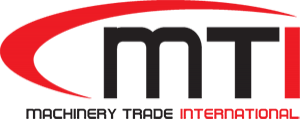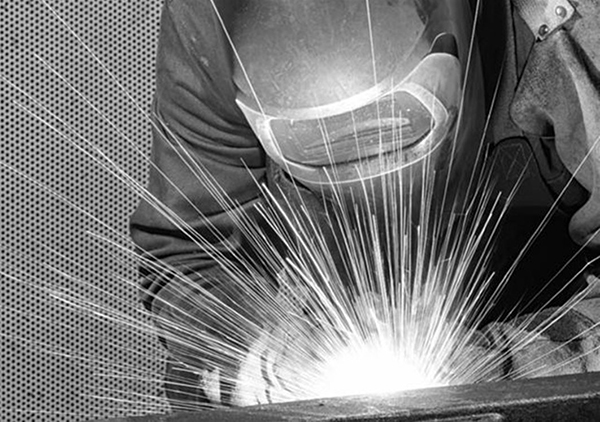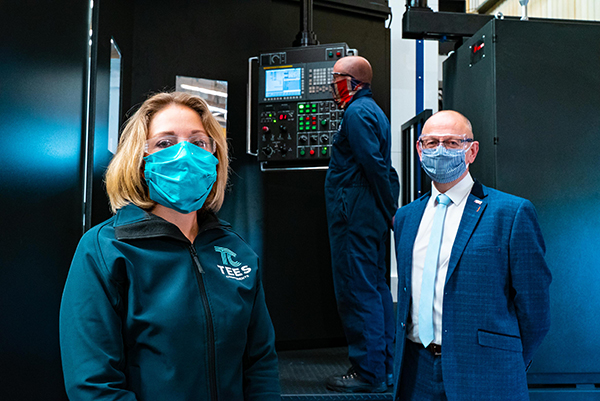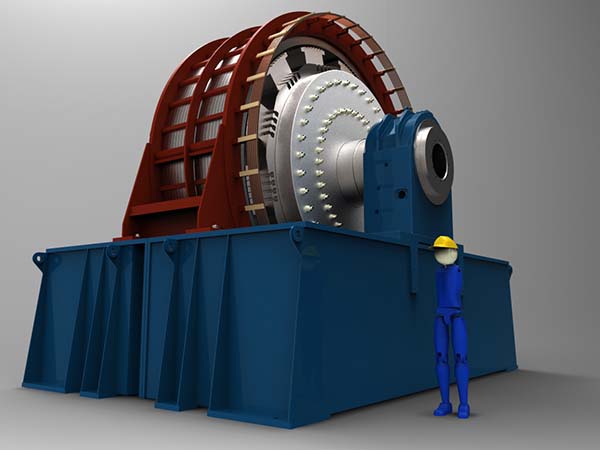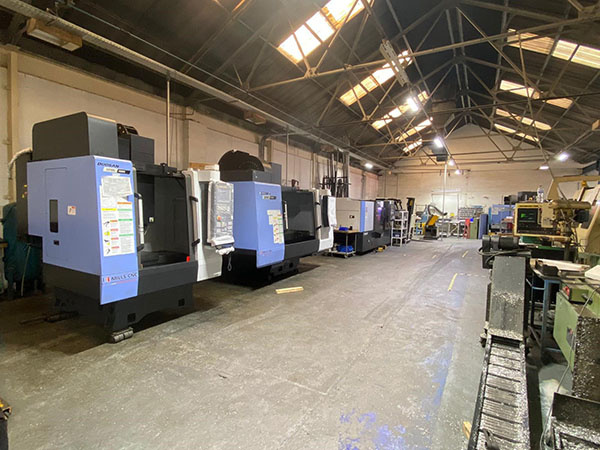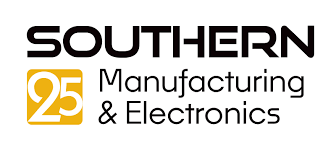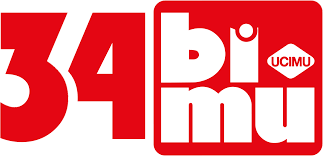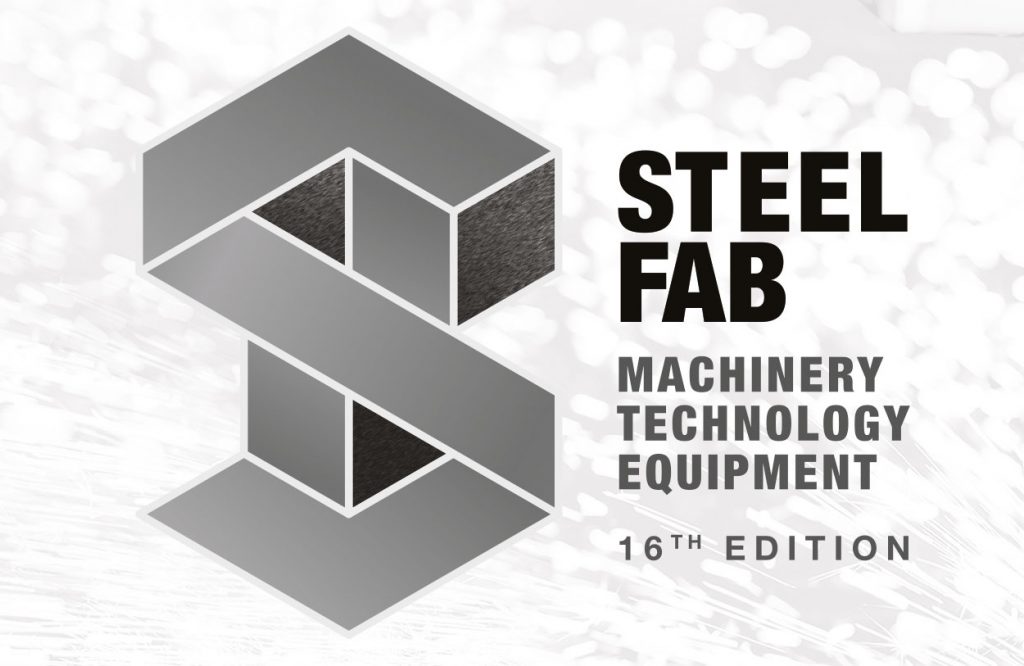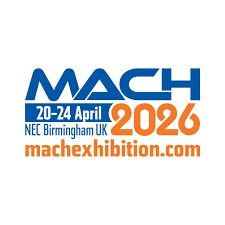Tees Components has invested £500,000 in a new CNC horizontal boring mill, a Hyundai Wia KBN 135CL from TW Ward CNC Machinery.

The machine will enable the company to double capacity of this type at its CNC machining facility in Skelton.
Used for CNC boring and milling, the technology is capable of machining extremely large parts to very small tolerances due to the extent of its axes (4 x 2 x 2 m) and rotary table-loading capability. The machine’s table accommodates 20 tonnes while the X axis is 4 m and the W axis is 700 mm, making it suitable for precision components needed by the defence, power, and oil and gas sectors. Even at this size, it is not the largest capacity on site at Tees by any means, and joins a suite of CNC horizontal borers following decades of heavy investment.
Sharon Lane, managing director, says: “This significant investment is an essential element in supporting the delivery of our increasing project pipeline, and we’re ready to push ahead with our growth plans.”
Ward CNC’s managing director Simon Whitworth adds: “We have a proud and long-standing relationship with Tees Components which began with the supply of a Webster & Bennett vertical boring machine four decades ago. Ever since that time they have continuously showcased their capability and commitment to their customers, and it is a privilege to support such an esteemed organisation.
“Now that the machine has been commissioned, we look forward to continuing this relationship by supporting Sharon and the Tees Components team with any technical or applications support required on their new projects,”
he concludes.
For further information www.wardcnc.com

